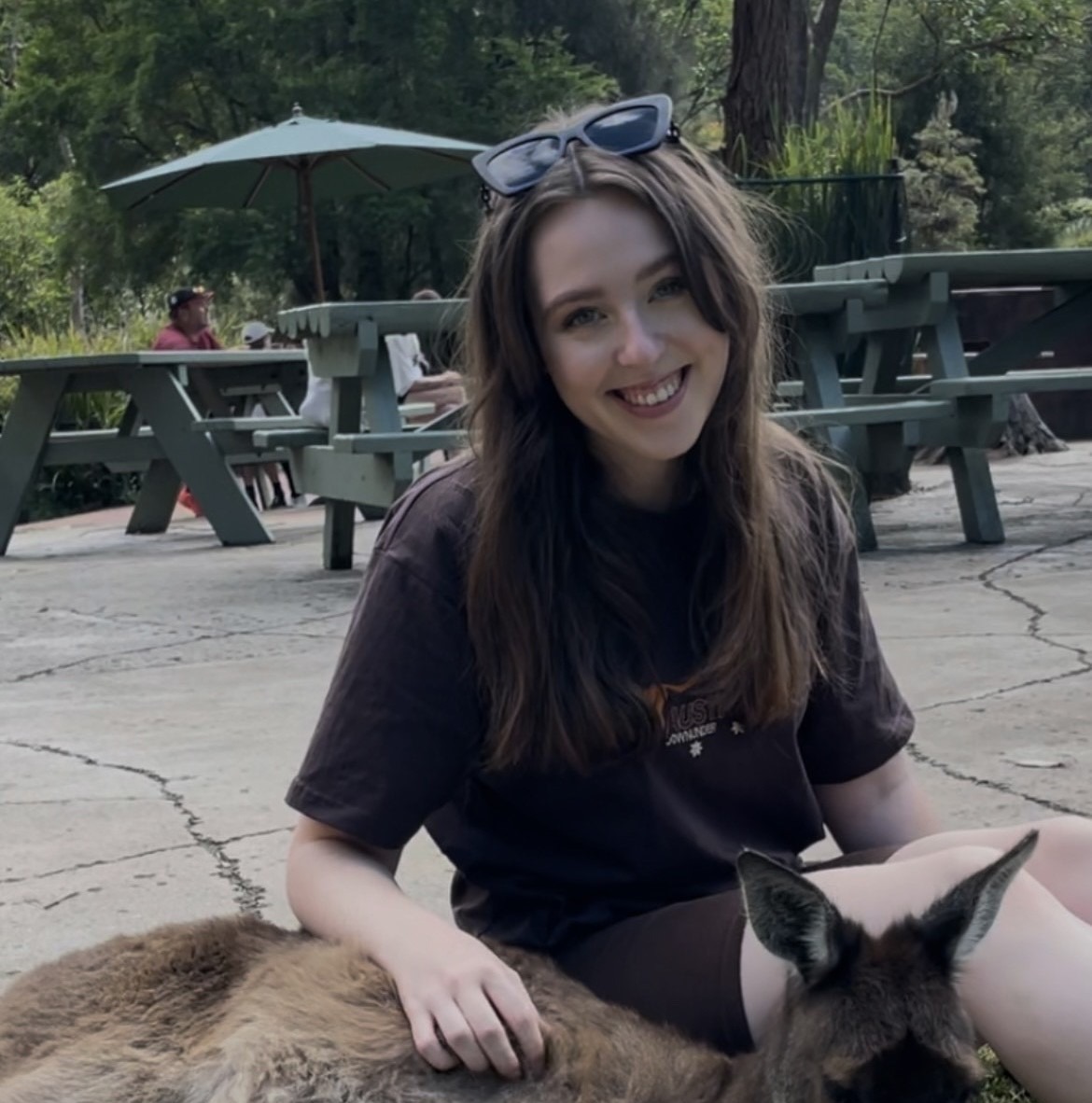Last updated: 05.05.2025
Reading time:
4
Minutes
The beautiful Romanian city of Sibiu, also known as Hermannstadt, invites you to admire the Southern Carpathians and visit the most important center of the German minority in Transylvania. Sibiu is located on the Cibin River, which originates in the Southern Carpathians.
City Attractions
Hermannstadt has several interesting places to offer that you definitely shouldn’t miss. Discover the history of the fortress towers or take a walk across the Bridge of Lies. Also worth seeing are the Holy Trinity Roman Catholic Church, the Brukenthal Museum, and the House of Arts. Let Sibiu enchant you!
Fortress Towers
The Carpenters’ Tower in Hermannstadt was built in the 14th century in the name of the Saxon carpenters' guild. The tower was part of Sibiu’s third defensive ring and today represents the left tower of the fortification wall. It is located on Citadel Street.
Equally significant is the Potters’ Tower, constructed a century later, in the 15th century, by the Saxon potters' guild. Like the Carpenters’ Tower, it was part of the third defense belt and stands to the right of the preserved fortification wall.
The Bridge of Lies
The Bridge of Lies is considered one of the city’s most famous landmarks and has adorned Sibiu since 1859. It replaced an older wooden bridge and today represents the first cast-iron bridge in Romania. The origin of its name is quite interesting. Since it was the first bridge that didn’t need pillars, it was initially called the "lying bridge." Over time, "lying" was confused with "lying (telling lies)" in German, and the name "Bridge of Lies" took hold—along with various legends explaining its name.
Holy Trinity Roman Catholic Church
You should definitely visit the impressive parish church called the Holy Trinity. This baroque Roman Catholic church is located on Piata Mare and captivates with its baroque interior. Notably, the baroque painting "Mary with Child" above the tabernacle stands out and enhances the beauty of the church.
Brukenthal Museum (National Museum)
Also known as the Brukenthal Palace, the Brukenthal Museum is one of Sibiu’s most representative buildings. Inside, you can admire splendid wallpapers and intricate woodwork. The museum features elements of fine arts, painting, and music. You can also see the symbol of abundance: a cornucopia filled with fruits and field crops.
The Blue House
The Blue House now hosts offices and studios of the Brukenthal Museum and has existed since the late 15th century. Although the building has been around for a long time, its appearance has changed over the years. In 1773, baroque-style renovations began, as documented in drawings in the Hermannstadt State Archive.
House of Arts
The purpose of the House of Arts has changed over time. In the 14th century, it was the headquarters of the butchers’ guild. Later, in 1765, it was briefly used as a theater hall. Today, it serves as a museum for Transylvanian-Saxon folklore.
But what does "Transylvanian-Saxon" mean? It is one of the oldest surviving German settler dialects, dating back to the 12th century. This history shows that Germans also settled in Romania—specifically, the original settlers from Transylvania (now part of Romania).
Attractions Near Sibiu
There are plenty of notable sites near Sibiu that you should keep in mind during your trip. A special highlight is the ASTRA Open-Air Museum. Also interesting are Lake Bâlea and the Transfăgărășan Road.
ASTRA Open-Air Museum & Dumbrava Sibiului Natural Park
The ASTRA Open-Air Museum is located just a few kilometers from the city in the Dumbrava Forest. Discover Romanian rural life and explore exhibits such as farmsteads from different regions, interiors preserved in their original state, workshops, wooden churches, inns, a dance hall, a bowling alley, and even a wooden carnival Ferris wheel.
Especially for history enthusiasts, the ASTRA Open-Air Museum has a lot to offer. In 2008, it was expanded with 10 additional buildings that were relocated from their original locations to the forest. These include, among others, a historic winemaker’s house from 1835 and a livestock farmer’s estate. By the way: The museum offers seasonal activities. In summer, you can enjoy carriage rides, while in winter you can go on a horse-drawn sleigh ride.
You should also explore the beautiful surrounding nature. Relax on the lake with a boat ride or enjoy the greenery from a restaurant window while tasting traditional Romanian dishes. More information about local cuisine can be found in our guide. Also worth seeing: next to the ASTRA Open-Air Museum is the Zoo, which covers an area of 15 hectares.
Lake Bâlea and Transfăgărășan Road
This glacial lake is very popular among nature lovers and hikers and is not far from Hermannstadt. You should also visit the Transfăgărășan Road. More information on the Transfăgărășan Road can be found in our guide.
Best Time to Visit
Of course, you can visit Sibiu year-round, but spring months are especially suitable for exploring the city and its surroundings. This recommendation is due to the extreme heat during summer in Romania, which can be overwhelming even for fans of hot weather. At the same time, the winter months are less ideal due to very cold temperatures and heavy snowfall. Additionally, you’ll have less daylight in winter to explore the city.
The DMC Team Wishes You a Great Trip!
We wish you a wonderful trip to Romania and are happy to assist you with any questions about Romania or related toll regulations. Feel free to contact us via email: [email protected]
English


